アグネス・マーティン (1912-2004)
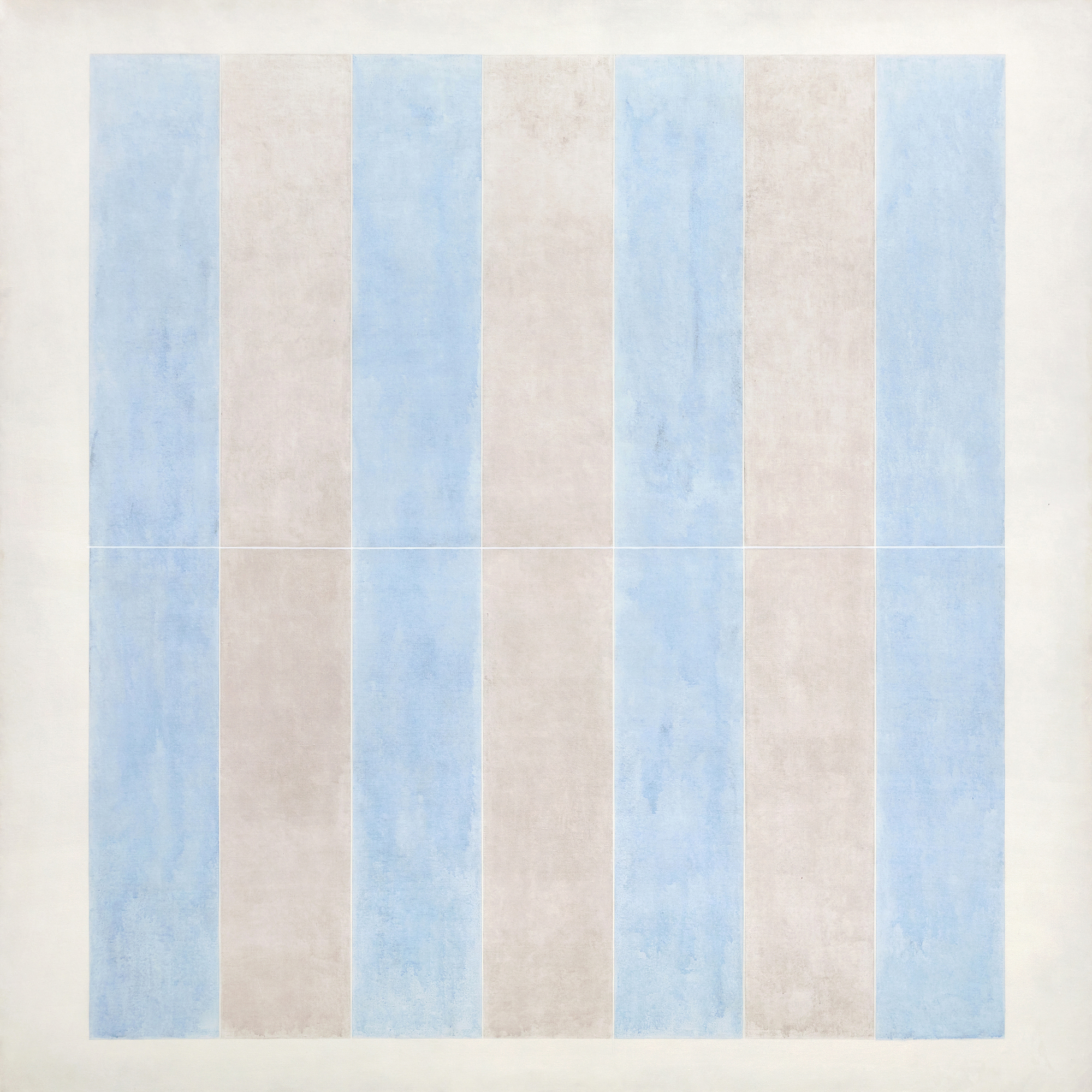

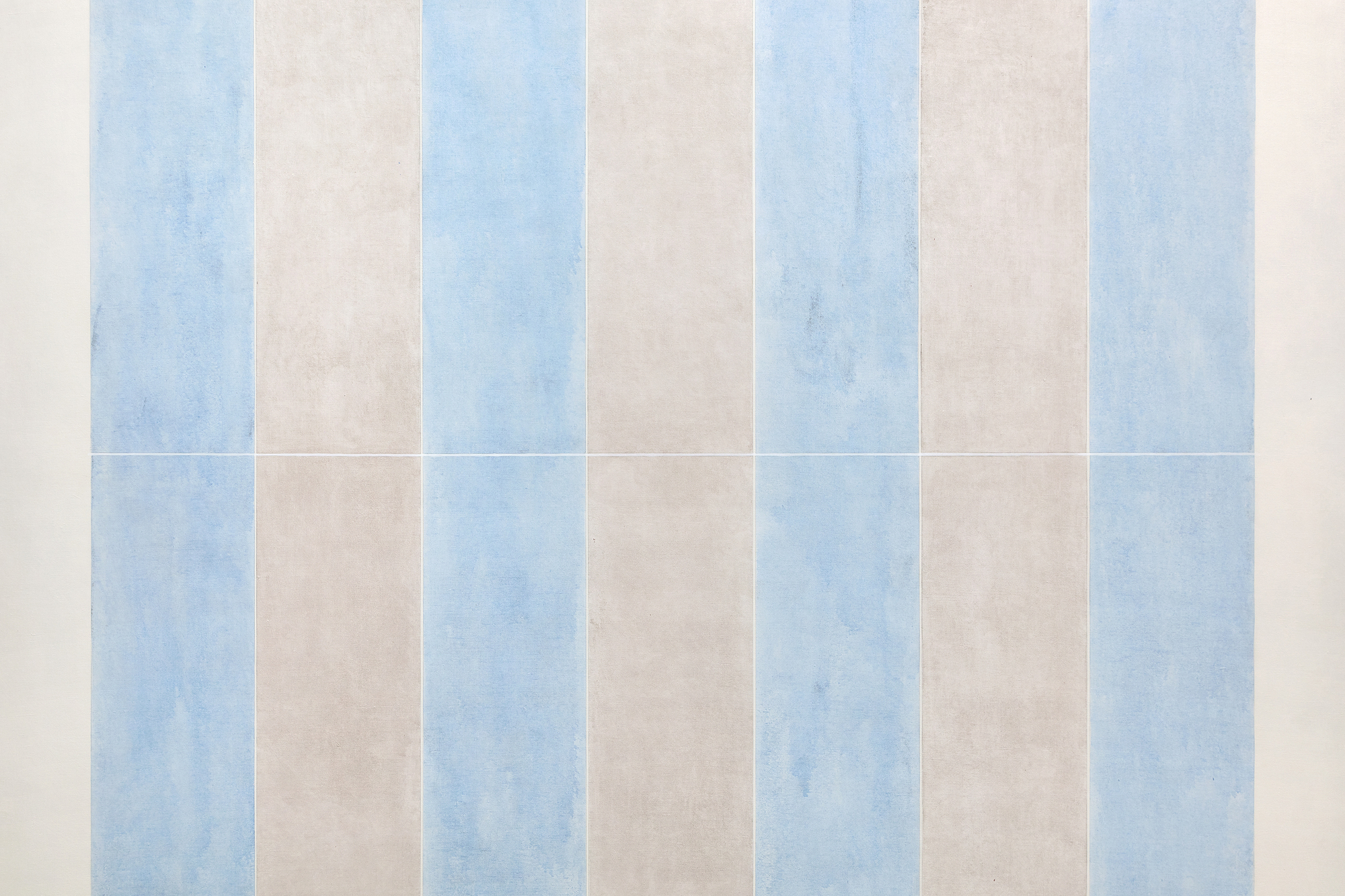
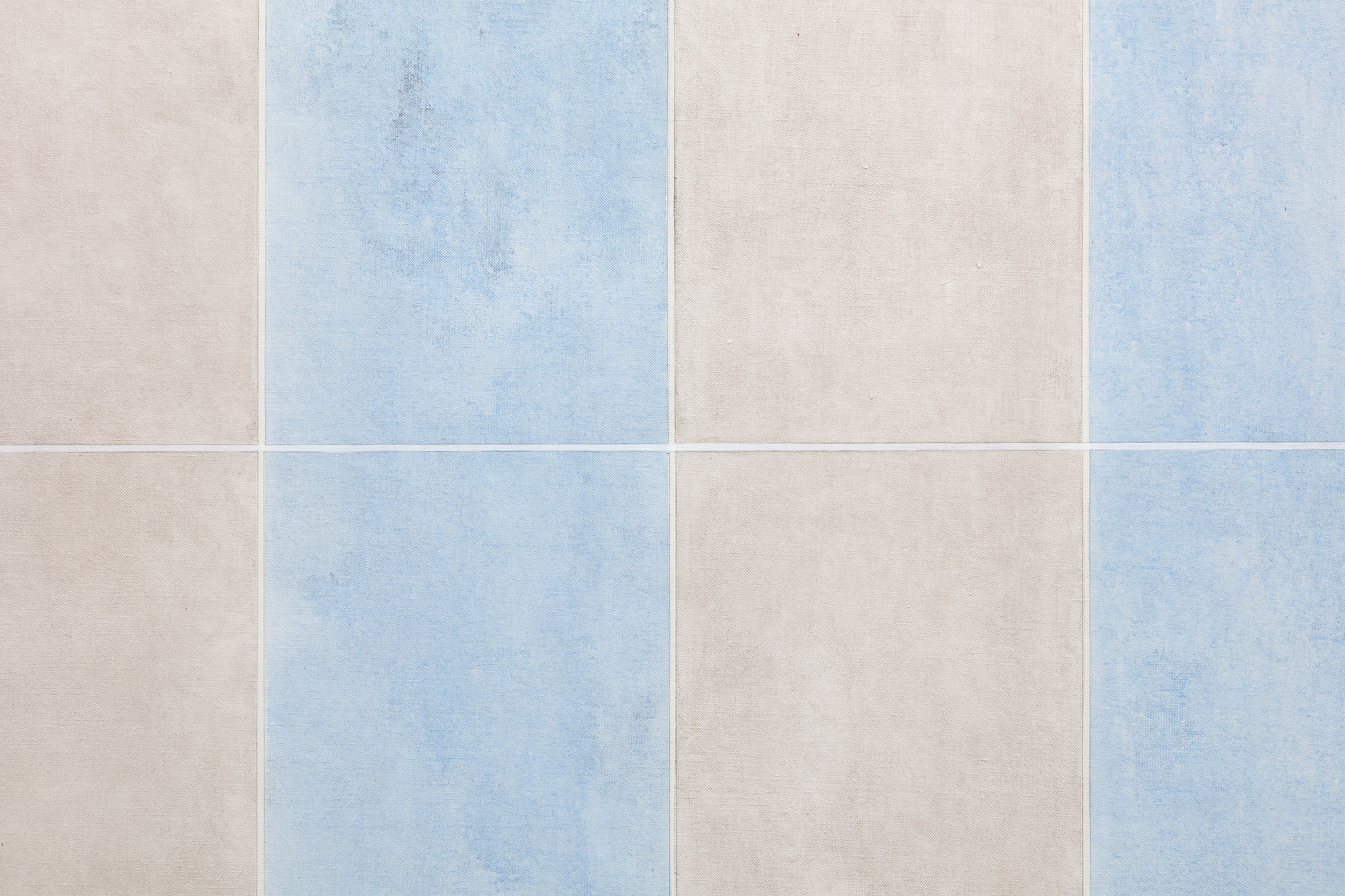
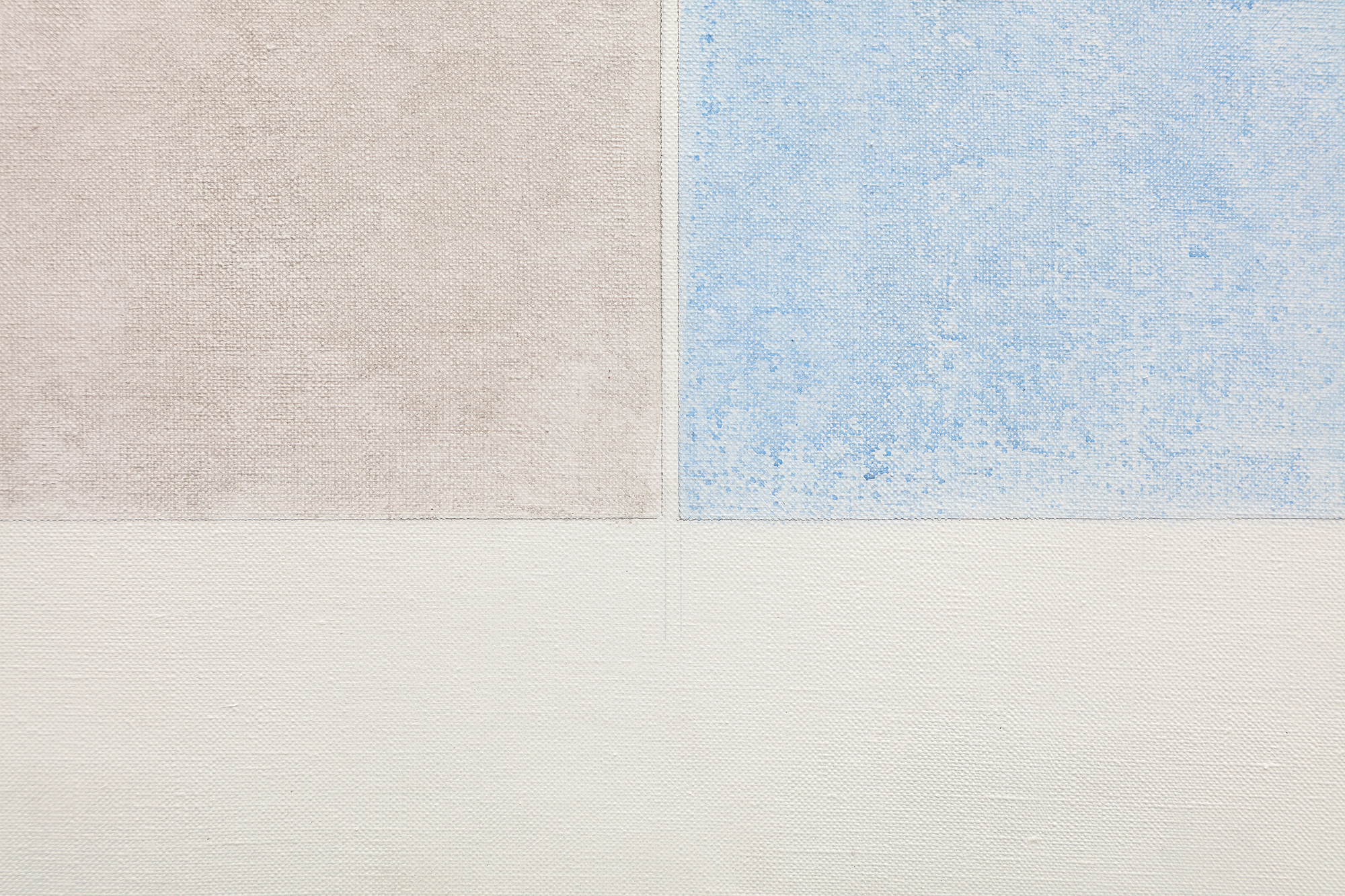
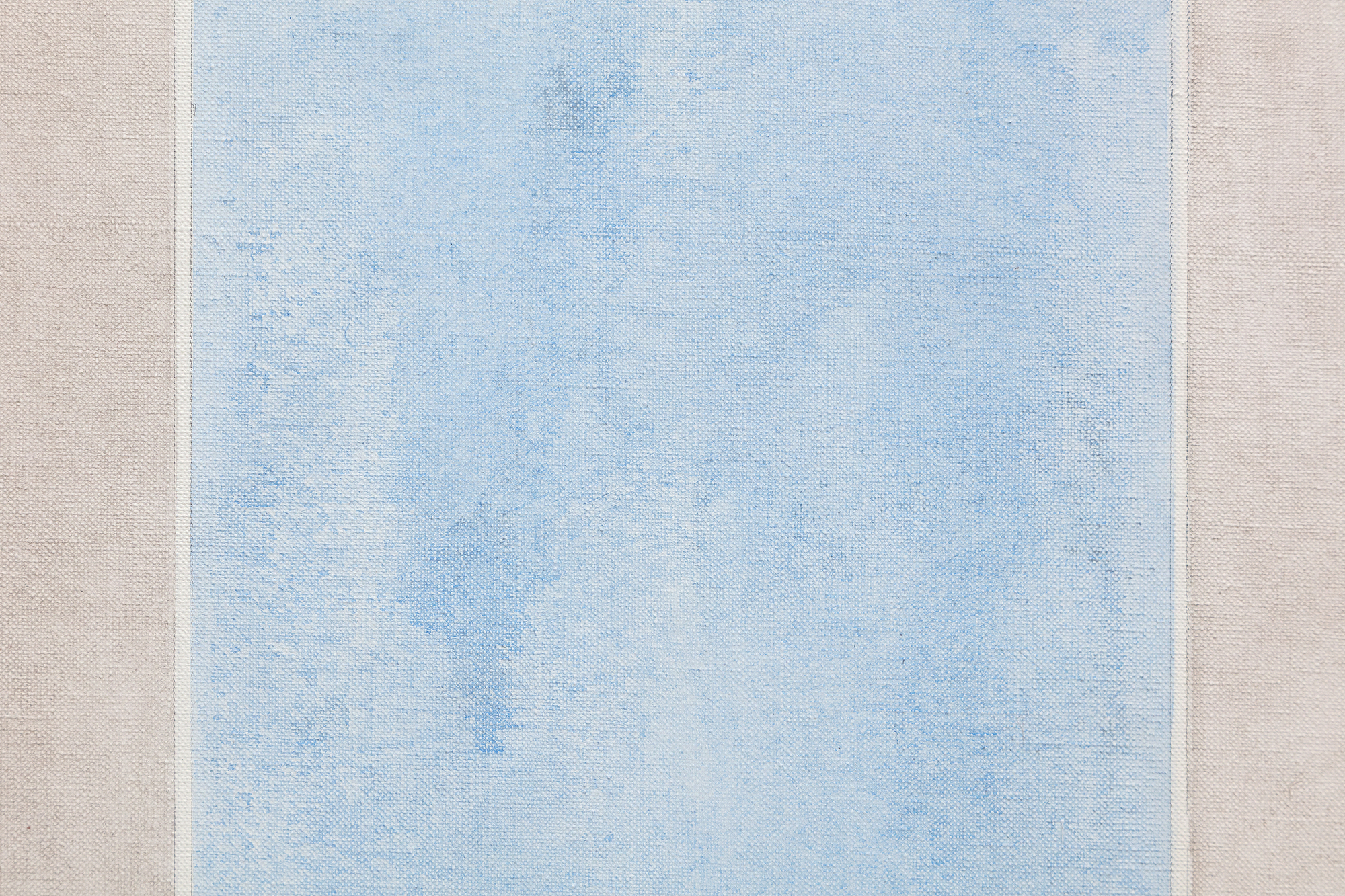
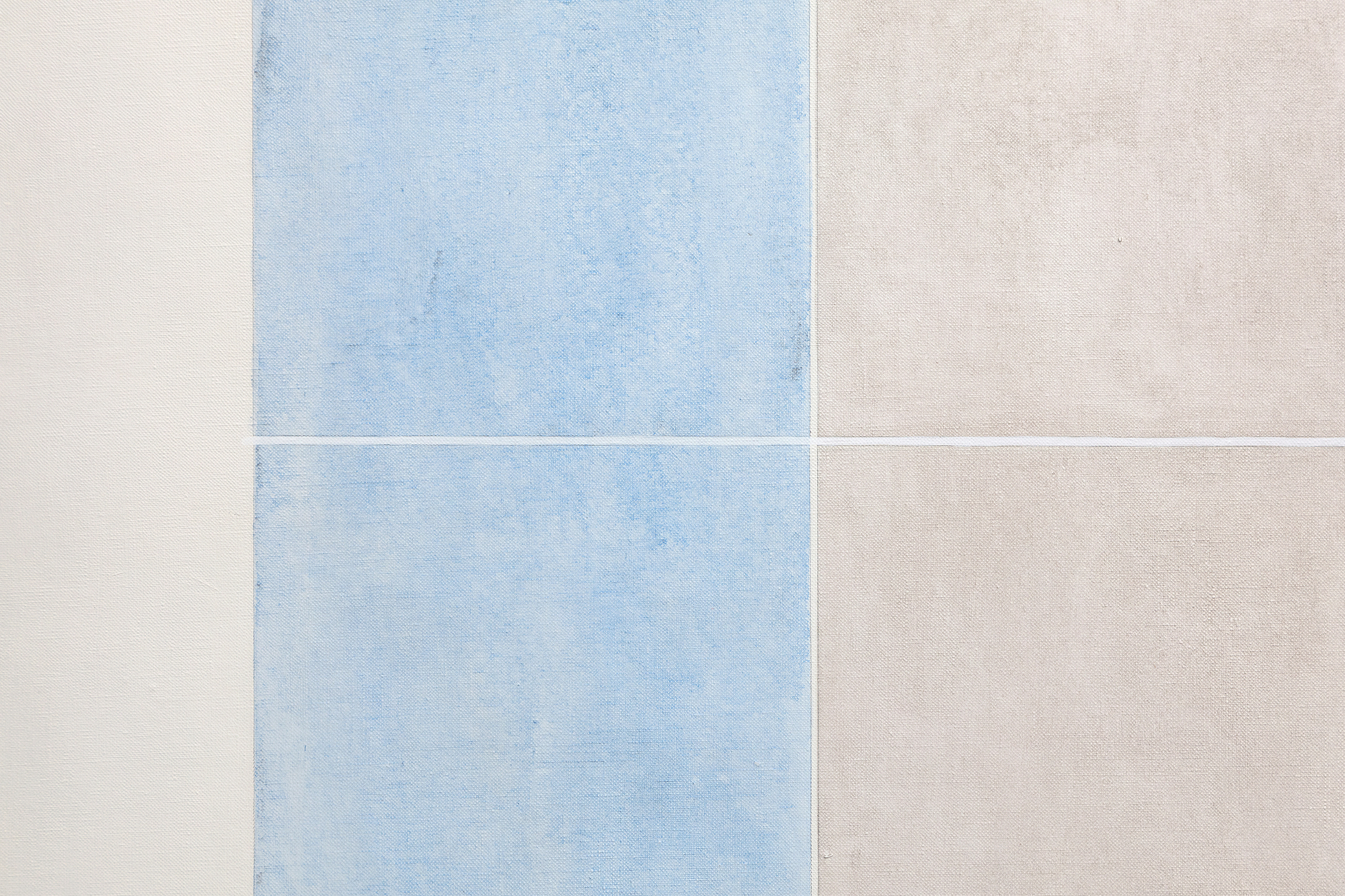
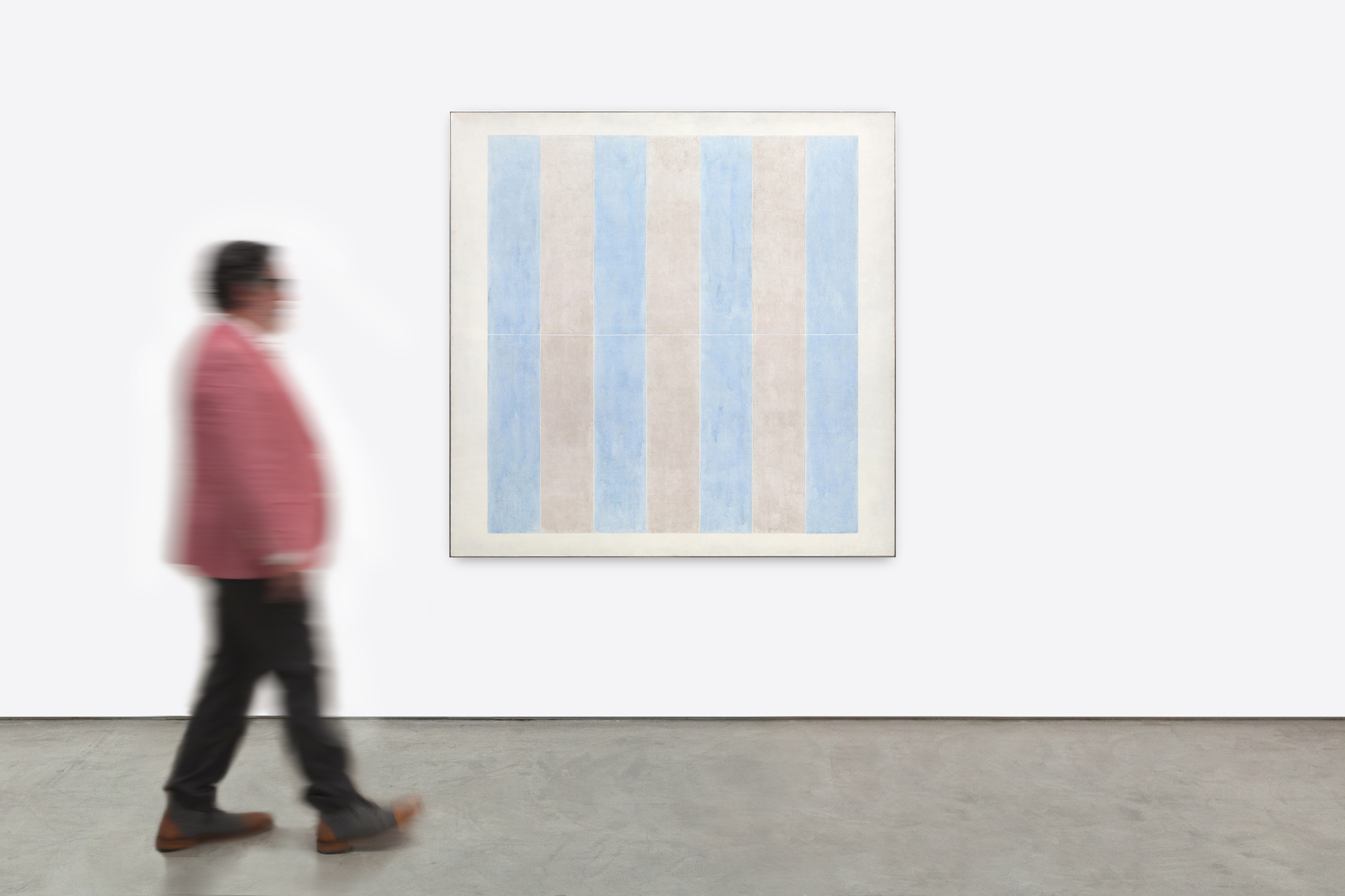
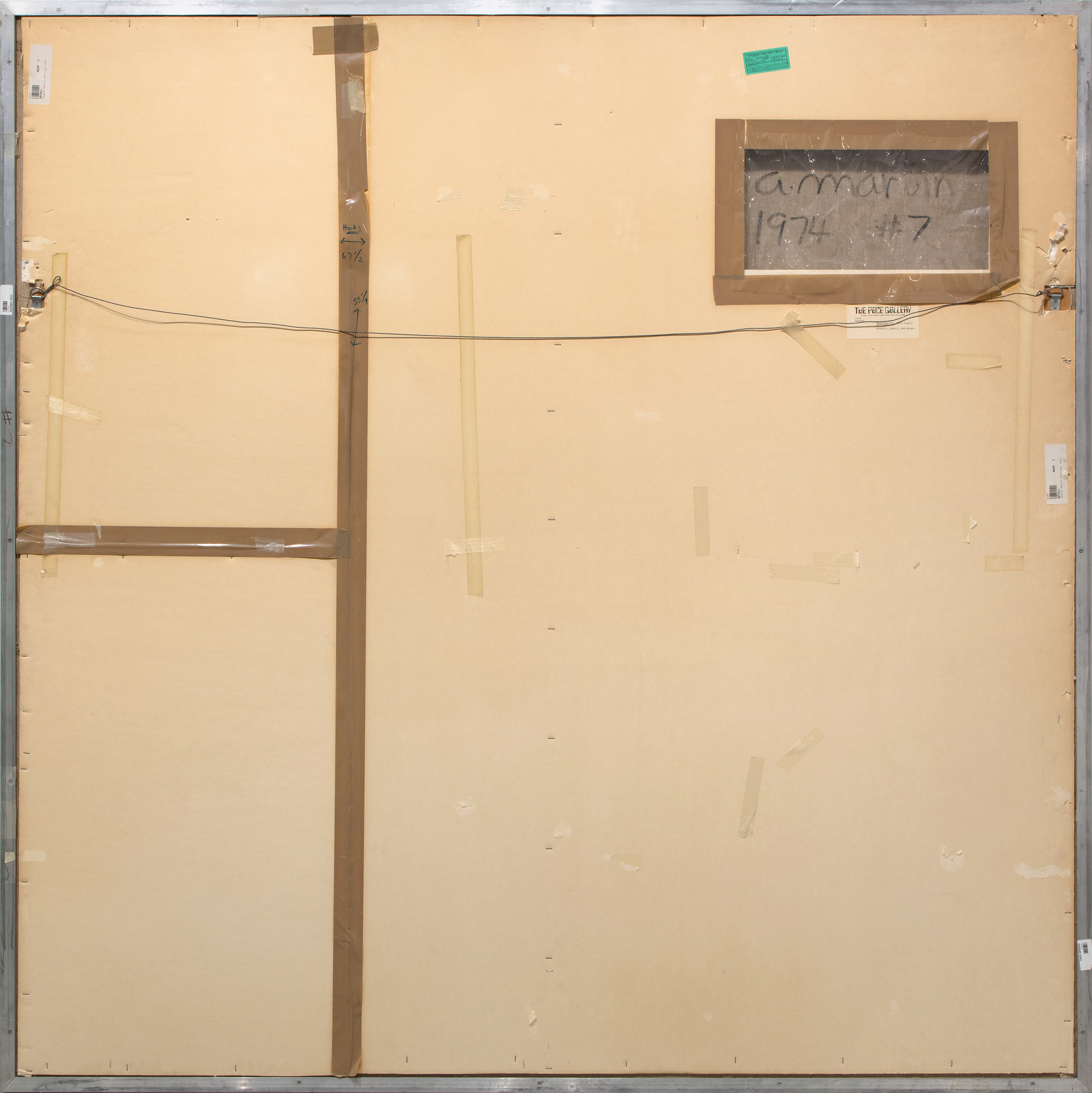
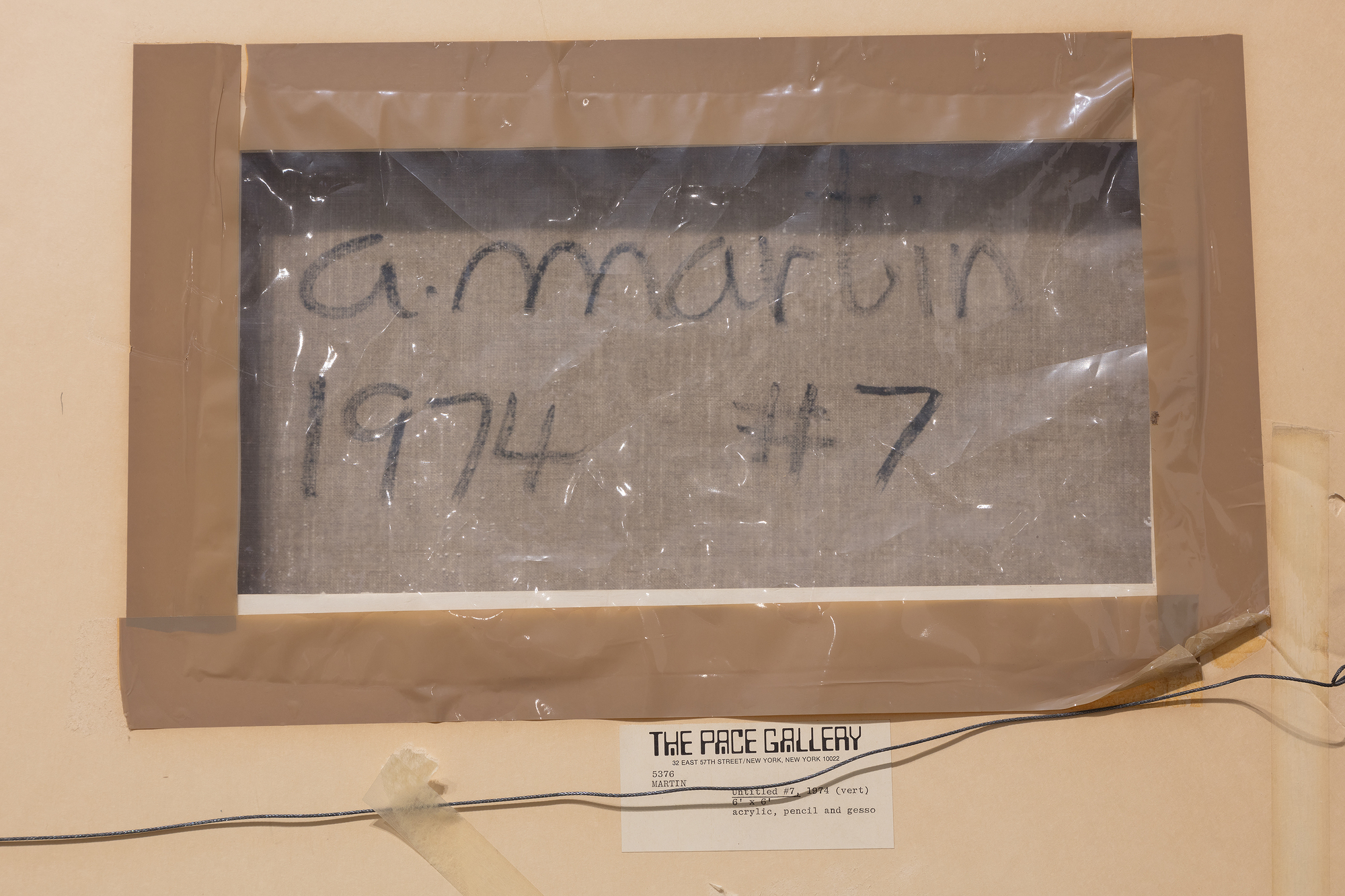
出所
ペース・ギャラリー(ニューヨークヘレン・W・ベンジャミン(ニューヨーク
サザビーズ・ニューヨーク、1996年5月8日、ロット50
アメリカ、個人コレクション
エース・ギャラリー(ロサンゼルス
プライベート・コレクション、1998年5月、上記より入手
展示会
ニューヨーク、ペース・ギャラリー、アグネス・マーティン:新作絵画、1975年文学
Beeren, W.A.L., Bloem, M. (1991), Agnes Martin:1974-1990年、ステデライク美術館。Bell, T., Agnes Martin Catalogue Raisonné :Paintings [Online], Cahier's d'Art Institute.
Gruen, J. (September 1976), "...もっとその。。。アグネス・マーティン:「すべてのもの、すべてのことは感情について...感情と認識」"アートニュース91頁、カラー図版あり
Gula, K. (May - June 1975), "Review of Exhibitions:アート・イン・アメリカ63号85頁、カラー図版。
...少ない。。。
「No.7"(1974年)は、彼女のキャリアの第二の主要段階であるこの時期の初期の作品のひとつである。1967年以前の作品のような線や表組みのグリッドではなく、色彩を強調した劇的な方向転換を強調することを意図し、淡く発光する帯を遠くから眺めることで、色帯間の微妙で輝きのある移り変わりを広く鑑賞することができる。ニューメキシコの砂漠の体験に埋め込まれた数多くの自然現象や要素が、こうした新しく広がりのあるアイデアにインスピレーションを与えたのだろう。メサ、崖、渓谷の垂直さ、あるいは雲の隙間から砂漠の底へとドラマチックに差し込む光の軸が、この垂直な方向性にインスピレーションを与えたのかもしれない。しかし、"No.7"(1974年)のインパクトは、余計なものからではなく、内面から美を追求する仏教や道教の理想に彼女が傾倒することによってもたらされたものであることは間違いない。マーティンは、繰り返し描かれる淡い色の軸や帯を、視覚的体験と同様に一種のマントラとして考えるよう鑑賞者に求める。彼女は、私たちの想像力に挑戦し、想像力を自由に走らせ、この作品を熟考の対象として考えるよう促す。そして、絵画に内在する別世界のような神秘的な輝きの衝撃を吸収する忍耐力のない人、あるいは崇高なものを表現する可能性に対するより大きな意識にどのような影響を与えるかを知らない人を諭すかのように、"滝の前で午後いっぱい立っていられない人はいない "と彼女はコメントしている。


